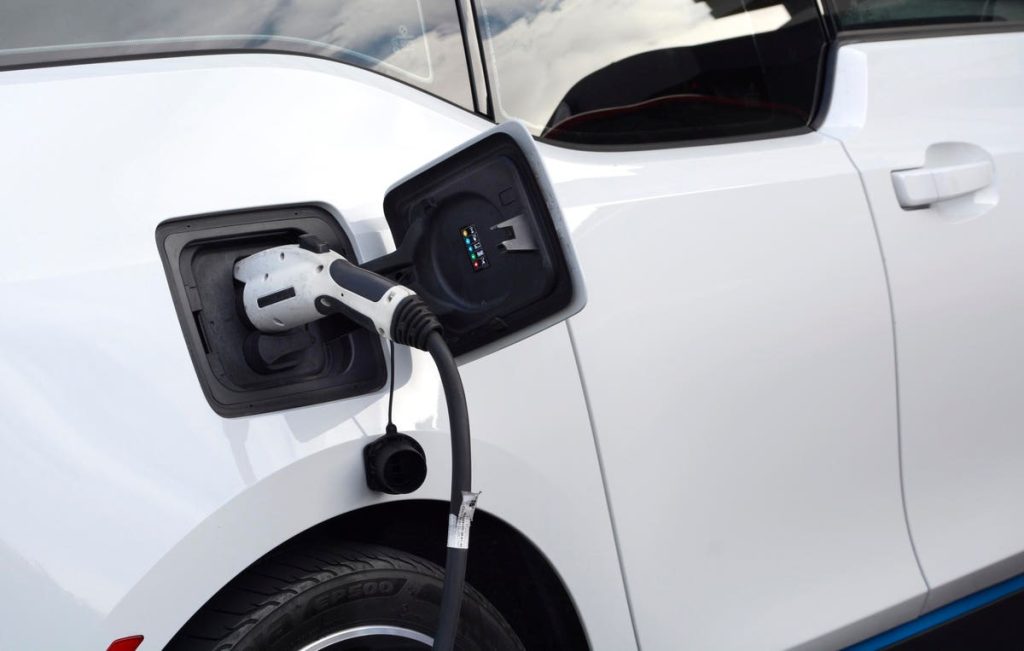A nationwide transition to zero-emission cars and clean energy could help nearly 90,000 lives, according to a new study.
The study by the American Lung Association claims the shift could also help generate $978 billion in public health benefits and lead to 2.2 million fewer asthma attacks by 2050.
It notes that decades of peer-reviewed research now demonstrates that the burdens of unhealthy air include heart attacks, lung cancer and strokes.
But it also adds that such health outcomes are not being shared equally, with some communities at greater risk due to increased exposure to air pollution from transportation.
The association’s national senior director of advocacy, clean air, Will Barrett said it is important to “make sure no community is left behind”.
“For too long, we’ve seen many communities, especially those on lower incomes and communities of color, not experiencing the benefits that are now possible through this transition,” he added in an interview.
Barrett quoted the association’s recent State of the Air report, which found that 35% of all Americans live in areas impacted by unhealthy levels of ozone and/or particle pollution.
And he added the Environmental Protection Agency (EPA) recently highlighted the fact that 72 million Americans live on major freight corridors, and the majority of those people are on lower incomes and/or communities of color.
Encouragingly, Barrett said the zero-emission vehicle market has seen “significant growth” in recent years.
The report quotes a research project carried out by researchers at the Keck School of Medicine at the University of Southern California, which examined air quality and health improvements, following the early adoption of zero-emission vehicles.
The study found even at relatively low take-up levels, there was a link between increased zero-emission vehicle registrations and fewer asthma-induced emergency department visits.
Barrett said researchers also found many of the registrations are happening in higher-income communities, and “we really need to see that broader growth across the board”.
Looking at current trends, he added more and more states are moving towards a 100% zero-emission vehicle sales programme by 2035 and the EPA is also moving towards stricter emission standards.
The EPA recently proposed a change to the rules, which could make two-thirds of new passenger vehicles zero-emission by 2032.
“We won’t meet our climate standards without really focusing on the transportation sector,” said Barrett.
He added there also needs to be a greater emphasis on active transportation and practical alternatives to driving to help build healthier communities.
“Unfortunately, we’re still seeing policies on the books that are supposed to be building healthier communities, but are still increasing vehicle miles travelled, which is at cross purposes with clean air goals,” he told Forbes.
“What we need to do is make sure we’re investing public funding in other forms of transportation as a key priority.
Barrett said while there has been progress since the 1970 Clean Air Act, climate change is “making the job of cleaning our air and defending that progress much more difficult”.
He added droughts and wildfires are having “catastrophic impacts” on air quality right across the country, and he also noted the recent fires in Eastern Canada are now causing air quality alerts in communities down the East coast.
The president and CEO of the American Lung Association, Harold Wimmer said in a statement too many communities across the U.S. are dealing with high levels of dangerous pollution from nearby highways and other hot spots.
“This is an urgent health issue for millions of people in the U.S.,” added Wimmer.
Read the full article here






